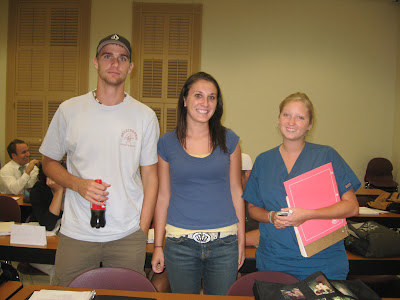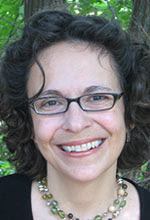 By Gigi Taylor
By Gigi TaylorOn Thursday, March 23, Glenda Goehrs, a former Vice President at GSD&M Idea City, spoke to a packed classroom of advertising students during Texas State's Mass Communication Week. Glenda was both genuine and enthusiastic as she talked to students about pitching new business in advertising. As a true storyteller, Glenda mesmerized the students with stories of passion and excellence that reflect GSD&M's core values.
One of the memorable pieces of advice she gave students was that working as short order cook, waitress/waiter was actually great training for the world of advertising. Why? Because these jobs require teamwork, hard work and quick thinking to make the client happy. Working in new business requires long hours and the ability to make things happen quickly. For example, she told stories of scrambling to find 15 monogramed cowboy hats for a client or teaching a choir of novice singers a song for new business pitch- all in record breaking time. She said it was all about having a great "can do attitude."
Glenda said the best way to get a job in advertising is to get an internship--the more internships the better. Getting an internship at GSD&M is highly competitive (600 or 700 applications for 20 internship positions!) If students want an Austin internship, she recommends applying to other Austin advertising agencies as well. (See list below.)
In addition to speaking during Mass Communication Week, Glenda also answered the following question for this blog's "Guest Professional" section...
What is the role of account planning in new business pitches?
Account planning is the foundation for the idea that will ultimately win or lose the pitch for you. It's not shiny or glamorous; it's what supports the strategy, the positioning, the idea behind the brand message.
Here is a list of other Austin agencies for possible internships.
BlueshoeSpoonbend
Butler Brothers Advertising
JH & A Advertising
McGarrah-Jessee
Mecury Mambo Mkt.
Milkshake Media
T3
ThinkStreet
Sandes/Wingo Advertising
The Screamer Company
Steel Advertising & Interactive
Zocalo Design and Advertising































